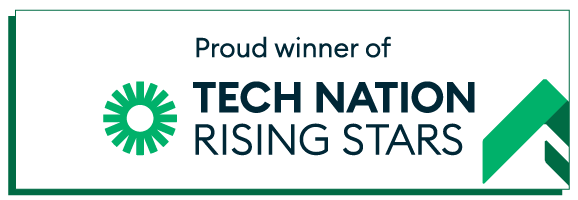Why partiality can ruin meeting minutes. Producing high quality consistent meeting minutes relies on a number of things. Firstly, clearly designated roles and excellent organisation. As we’ve discussed before, a standard template is effective for guaranteeing the same standard each time, no matter who has the responsibility of putting minutes together. But there is one thing that you need to avoid when summarising, whether it’s the AGM or a shareholder meeting: partiality.
What do we mean by partiality?
Partiality is basically a certain bias or leaning in favour of a particular thing, or in this case, point of view. Merriam Webster defines partial as “inclined to favour one party more than the other”. As humans, we’re clearly very partial to some partiality because we naturally take sides and opinions on certain matters. And of course the workplace is no exception to this rule.
But despite being a natural human instinct, partiality has the huge downside that it prevents us from seeing things from other points of view and judging situations objectively.
But what has it got to do with meeting minutes?
When writing any official record or document it is essential that it is done from an objective stance and without bias. Meeting minutes are no different given that their purpose is to convey events and discussions as they happened rather than someone’s individual opinion or personal observation of proceedings. Good meeting minutes are a balanced summary that give all points raised equal weight instead of the particular issues that the writer deems to be important. At the end of the day, they are there to be factual, not emotional. Keeping notes neutral also helps to look professional, particularly if someone outside the company gets a chance to look at them, for example an investor.
How do I ensure my meeting minutes are impartial?
There are several ways to keep things neutral. Firstly, as we’ve mentioned previously, by using a standardised template. This focuses the minute taking on several key areas such as the time, date and those present. Not only does this reduce scope for interpretation, it provides a model that can be used by different writers. And rotating the responsibility for note taking is itself a benefit, so that minutes are not just one individual’s take. This is also a useful exercise to compare viewpoints and exchange ideas.
But then there’s human nature
However, even these steps won’t cure everything. As we said before, the issue is that partiality is human nature. Bias is something that we all cannot help and often operates at a subconscious level.
This is before you add in the fact that most companies designate meeting minutes to someone who is already an attendee and therefore presumably has a stake in the issues at hand and an opinion on them. Is it even realistic to expect objective meeting minutes produced by someone directly involved with the meeting? After all they can be heated and emotional places, particularly when contentious issues are brought up or someone’s conduct and behaviour is being discussed.
What you need is a fresh eye on proceedings, a sort of fly on the wall that jots things down and reports everything exactly as it happened. In other words, MeetNotes.
Meetnotes is present at your meetings just like any other attendee (albeit remotely on a computer somewhere). It uses ASR technology to automatically record the full conversation, take notes and then automatically generates comprehensive meeting minutes. Not only can you guarantee that your minutes are taken without bias, it leaves all team members participating in the meeting.
Final thoughts
Truly impartial meeting minutes need a genuine third party who can record proceedings without any presuppositions. This isn’t just about extracting opinions and unwanted personal commentary, but also to give every item equal bearing in order that the notes can be understood by anyone who wasn’t there originally, which is of course what meeting minutes are for!


